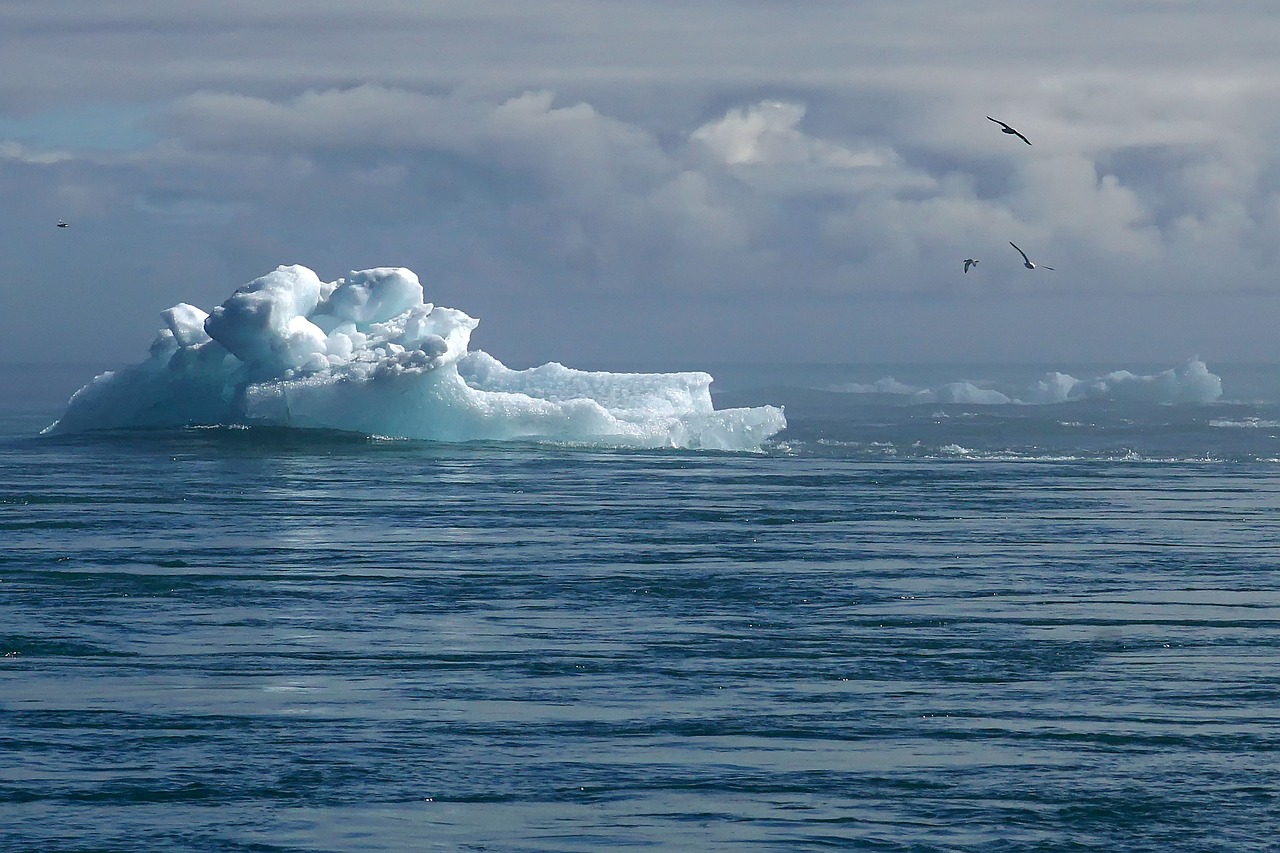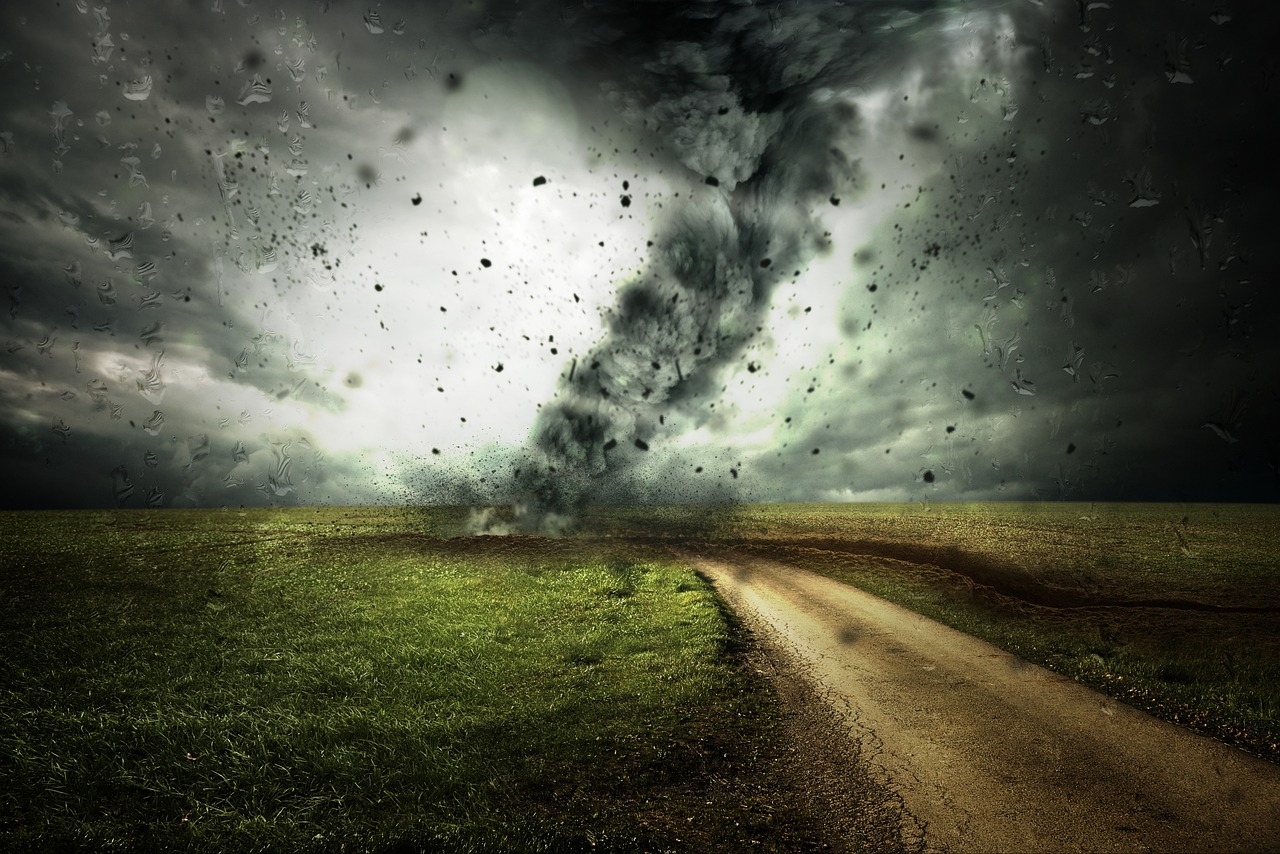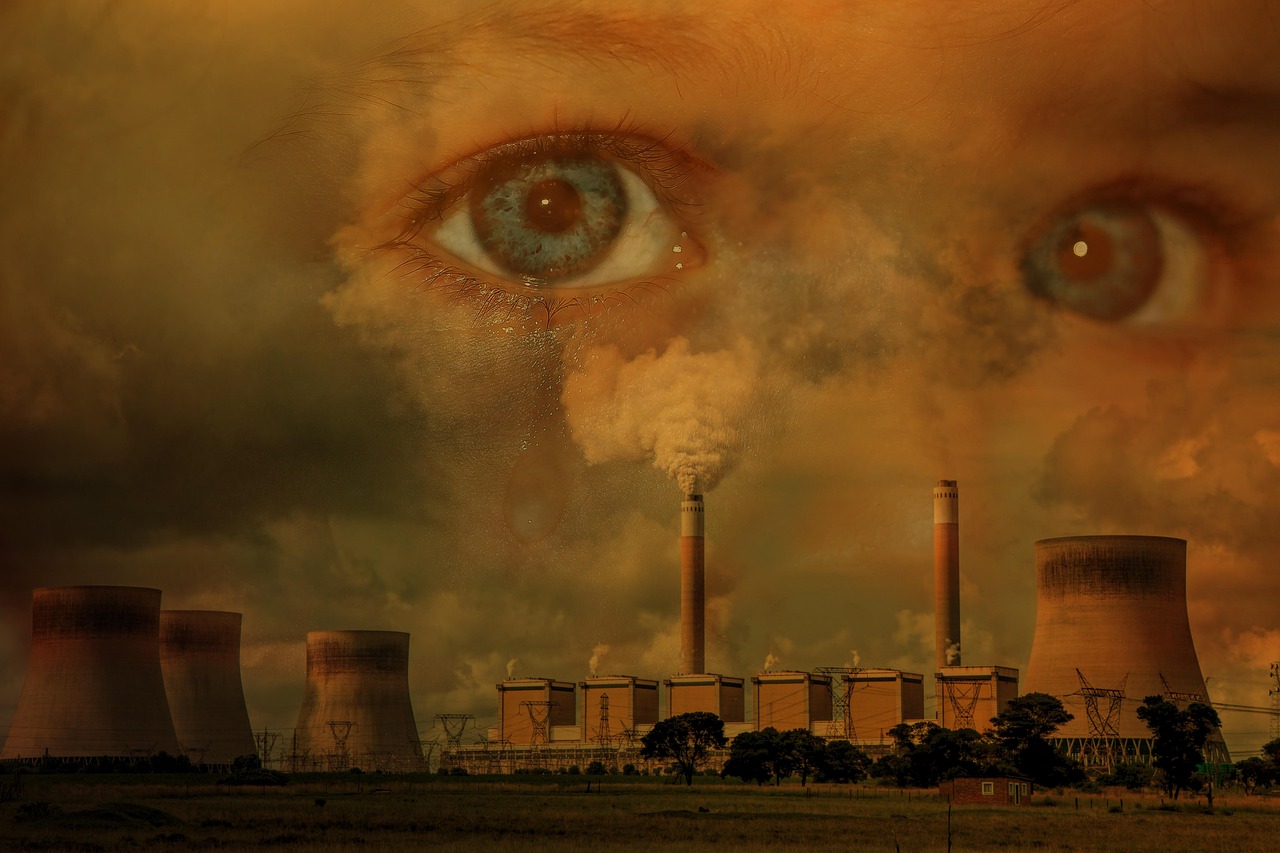Climate change significantly impacts monarch butterfly migration patterns by altering weather conditions and food availability. Changes in temperature and precipitation affect the timing and routes of their migration, leading to potential declines in populations as they struggle to adapt to these new environmental challenges.
Monarch butterflies are renowned for their long-distance migration, traveling thousands of miles from North America to central Mexico each year. This remarkable journey is primarily driven by seasonal changes and the search for suitable habitats. However, climate change is introducing new variables that disrupt their traditional migratory behavior.
The migration of monarchs is intricately linked to specific environmental cues, including temperature and the availability of milkweed, which serves as their primary food source during the larval stage. As climate change progresses, these cues are shifting. For instance, warmer temperatures may lead to earlier springs, causing milkweed to bloom sooner than usual. This can create a mismatch between the timing of the butterflies’ arrival and the availability of their food sources.
Understanding Monarch Migration Patterns

Monarch butterflies migrate to escape the colder temperatures of North America during the winter months. Their journey is characterized by several key stages:
- Spring Migration: Monarchs leave their wintering grounds in Mexico around March and begin their northward journey.
- Reproduction: As they travel north, they mate and lay eggs on milkweed plants, with multiple generations completing this cycle during the summer months.
- Fall Migration: By late summer and early fall, the last generation of monarchs prepares for their return trip to Mexico.
This cyclical pattern has been refined over generations, ensuring that monarchs arrive at their breeding grounds at the optimal time. However, with climate change impacting temperature and precipitation patterns, these established migratory routes are increasingly under threat.
Impact of Climate Change on Migration
Climate change introduces several challenges for monarch butterflies. Some of the most significant effects include:
- Temperature Fluctuations: Increased temperatures can disrupt the timing of migration. Monarchs may arrive at their breeding grounds too early or too late, missing critical food resources.
- Habitat Loss: Changes in land use and climate can reduce the availability of milkweed and nectar sources essential for their survival.
- Extreme Weather Events: Severe weather conditions such as storms and droughts can destroy habitats and disrupt migration routes.
- Pest Pressure: Warmer temperatures may also increase the prevalence of pests or diseases that threaten both milkweed plants and monarch populations.
Key Data on Monarch Populations
The following table highlights some key statistics regarding monarch butterfly populations over recent years:
| Year | Population Size (estimated) | Wintering Area (hectares) |
|---|---|---|
| 2015 | 56 million | 3.19 |
| 2016 | 148 million | 4.01 |
| 2017 | 20 million | 2.48 |
| 2018 | 27 million | 2.29 |
| 2019 | 29 million | 2.83 |
This data clearly indicates fluctuations in population sizes and wintering areas, emphasizing how climate change is affecting these butterflies over time. The decline in population size raises concerns not only for monarchs but also for the ecosystems that depend on them. Understanding these dynamics is essential for conservation efforts aimed at protecting this iconic species.
The intricate relationship between climate change and monarch butterfly migration highlights the need for continued research and conservation strategies aimed at mitigating these effects. By addressing the underlying causes of climate change and protecting critical habitats, we can help ensure a future for these remarkable creatures.
Factors Influencing Monarch Butterfly Migration
Several factors influence the migration patterns of monarch butterflies, beyond just climate change. Understanding these factors is crucial to grasp how they interact with migratory behaviors and overall population health.
Natural Cues
Monarchs rely on various natural cues to navigate their migration. These cues include:
- Temperature: Monarchs are sensitive to temperature changes, which can signal the arrival of spring or fall. Warmer temperatures may prompt earlier migrations, while cooler temperatures can delay them.
- Day Length: The amount of daylight influences the hormonal changes in monarchs that trigger migration. Changes in day length can significantly affect their internal clocks.
- Food Availability: The presence of milkweed and nectar sources is essential for both breeding and migration. A decline in these resources can impact their ability to complete their journey.
Human Impact
Human activities have significantly altered landscapes, contributing to the challenges faced by monarch butterflies. Some key aspects include:
- Urban Development: Expansion of urban areas leads to habitat destruction, reducing the availability of essential migratory stopover sites.
- Agricultural Practices: Pesticides and herbicides used in farming can harm both adult butterflies and their larvae. Additionally, monoculture practices reduce the variety of plants available for feeding and breeding.
- Climate Mitigation Policies: Efforts to combat climate change may lead to changes in land use that could either benefit or hinder monarch habitats. Understanding these policies is critical for effective conservation.
The Role of Milkweed
Milkweed is vital for the survival of monarch butterflies as it serves as the exclusive host plant for their larvae. The decline in milkweed populations across North America poses a significant threat to monarchs.
Milkweed Decline
The decrease in milkweed can be attributed to several factors:
- Land Conversion: The conversion of natural habitats into agricultural land has reduced the availability of milkweed plants.
- Pesticide Use: Herbicides used to control weeds often kill milkweed along with unwanted plants, further diminishing their numbers.
- Climate Change Effects: Changes in climate can affect the growth patterns and locations of milkweed, making it less accessible for migrating monarchs.
Conservation Efforts for Milkweed
Addressing the decline of milkweed is essential for the conservation of monarch butterflies. Several initiatives aim to restore milkweed populations:
- Planting Initiatives: Community projects encourage individuals and organizations to plant native milkweed species in gardens and natural areas.
- Education Programs: Schools and organizations are developing educational programs to raise awareness about the importance of milkweed.
- Policy Advocacy: Conservation groups are advocating for policies that protect and restore monarch habitats, including the preservation of milkweed.
The Impact of Changing Weather Patterns

Changing weather patterns due to climate change pose additional challenges for monarch migration. These include:
- Increased Variability: Fluctuating weather conditions can lead to unpredictable migration patterns, making it difficult for monarchs to time their journeys correctly.
- Drought Conditions: Extended periods of drought can limit the availability of nectar sources, affecting adult butterflies’ energy levels during migration.
- Storm Events: Severe storms can disrupt migratory routes, causing disorientation and increasing mortality rates among migrating butterflies.
The interplay between these factors creates a complex web of challenges for monarch butterflies. Understanding these challenges is crucial for effective conservation strategies aimed at protecting this iconic species as they navigate changing environments.

Migration Routes and Patterns
Monarch butterflies have established migratory routes that span thousands of miles. Understanding these routes is essential to assess how climate change impacts their journey and overall survival.
Traditional Migration Routes
The migration of monarch butterflies typically follows a well-defined route:
- North America to Mexico: Each year, millions of monarchs journey from the southern United States and Canada to central Mexico, where they spend the winter in fir forests.
- Stopover Sites: During their migration, monarchs rely on specific stopover sites for rest and nourishment. These sites are crucial for feeding on nectar and replenishing energy.
- Return Journey: In the spring, the butterflies make their return trip north, where they breed and lay eggs on milkweed plants.
These traditional routes have been honed over generations, allowing monarchs to navigate effectively between their breeding and wintering grounds. However, with climate change altering environmental conditions, the viability of these routes is increasingly uncertain.
Effects of Climate Change on Migration Routes
Climate change introduces several modifications to the migratory pathways of monarch butterflies:
- Shifts in Range: As temperatures rise, suitable habitats for both milkweed and nectar sources may shift northward or to higher altitudes, forcing monarchs to adapt their migration routes.
- Increased Fragmentation: Urban development and agricultural expansion can fragment habitats, making it difficult for monarchs to find suitable stopover sites along their route.
- Altered Weather Patterns: Changes in weather can affect wind patterns and precipitation, which can further complicate migration routes and timing.
The Role of Conservation Efforts
Addressing the challenges faced by monarch butterflies requires robust conservation efforts. Various strategies are being implemented to support these iconic insects.
Habitat Restoration
Restoring habitats is a critical component of conservation efforts:
- Milkweed Planting: Initiatives aim to cultivate native milkweed species in gardens, parks, and along highways to provide breeding grounds for monarchs.
- Nectar Plant Planting: Alongside milkweed, planting nectar-producing flowers ensures that adult butterflies can feed during migration.
- Protected Areas: Establishing protected areas that encompass key migratory routes helps safeguard habitats from development and degradation.
Public Awareness and Education
Increasing public awareness about the plight of monarch butterflies is vital for conservation success:
- Community Engagement: Local communities are encouraged to participate in conservation projects, fostering a sense of stewardship for their environment.
- Educational Programs: Schools and organizations develop programs to educate students and the public about the importance of monarchs and the threats they face.
- Citizen Science: Engaging the public in citizen science initiatives allows individuals to contribute to monitoring butterfly populations and habitats.
The Future of Monarch Butterfly Migration

The future of monarch butterfly migration depends heavily on addressing climate change and its associated impacts. Scientists are actively researching ways to mitigate these effects and promote resilience among butterfly populations.
Monitoring and Research Initiatives
Ongoing research plays a critical role in understanding monarch migration patterns:
- Tracking Technologies: Scientists use GPS tracking and tagging methods to monitor individual butterflies’ movements and understand how they respond to changing environmental conditions.
- Population Studies: Regular monitoring of monarch populations helps researchers identify trends and develop strategies for conservation efforts.
- Climate Models: Researchers use climate models to predict future changes in habitats and migration patterns, informing conservation planning.
The integration of scientific research, public engagement, and habitat restoration measures is fundamental to ensure that monarch butterflies continue their remarkable migratory journey in the face of ongoing environmental challenges.
Future Challenges and Opportunities
As climate change continues to evolve, the challenges faced by monarch butterflies are likely to intensify. However, there are also opportunities for innovative solutions and collaborative efforts that can enhance conservation strategies.
Climate Change Adaptation Strategies
To safeguard monarch populations, researchers and conservationists are exploring various adaptation strategies:
- Creating Climate-Resilient Habitats: Restoration efforts focus on developing habitats that can withstand changing climate conditions. This includes planting diverse flora that can provide food and shelter under varying weather conditions.
- Researching Migration Flexibility: Studies aim to understand the flexibility of migration routes and timings. This knowledge can help predict how monarchs may adapt their behaviors in response to climate fluctuations.
- Collaborative Conservation Efforts: Partnerships among governmental agencies, non-profit organizations, and local communities can enhance conservation efforts. By pooling resources and knowledge, stakeholders can implement more effective strategies.
Engaging the Public in Conservation
Public involvement is crucial in the fight against climate change and its effects on monarch butterflies. Engaging communities can foster a deeper connection to nature and promote proactive conservation measures:
- Community Science Projects: Encouraging local communities to participate in monitoring programs can create a sense of ownership and responsibility for local ecosystems.
- Workshops and Events: Hosting educational events can raise awareness about the importance of monarchs and the steps individuals can take to protect their habitats.
- Advocacy Campaigns: Mobilizing public support for conservation policies can drive legislative change, ensuring that protections for monarch habitats remain a priority.
Final Thoughts
The plight of the monarch butterfly serves as a poignant reminder of the interconnectedness of species and ecosystems. As climate change continues to reshape environments, understanding its impacts on migratory patterns will be essential for ensuring the survival of not only monarchs but also countless other species that share their habitats.
Key takeaways from this exploration include the importance of maintaining healthy ecosystems, the necessity of protecting milkweed and nectar sources, and the critical role of public engagement in conservation efforts. Each individual action contributes to a larger movement aimed at preserving these remarkable butterflies for future generations.
Through research, community involvement, and proactive conservation strategies, there is hope for the future of monarch butterflies. By fostering resilience in their populations and habitats, we can help ensure that these extraordinary insects continue their breathtaking migrations across North America for years to come.
In summary, addressing the challenges posed by climate change requires a multifaceted approach that combines science, community action, and policy advocacy. The future of monarch butterflies is not just a conservation issue; it is a reflection of our commitment to safeguarding biodiversity in a rapidly changing world.
